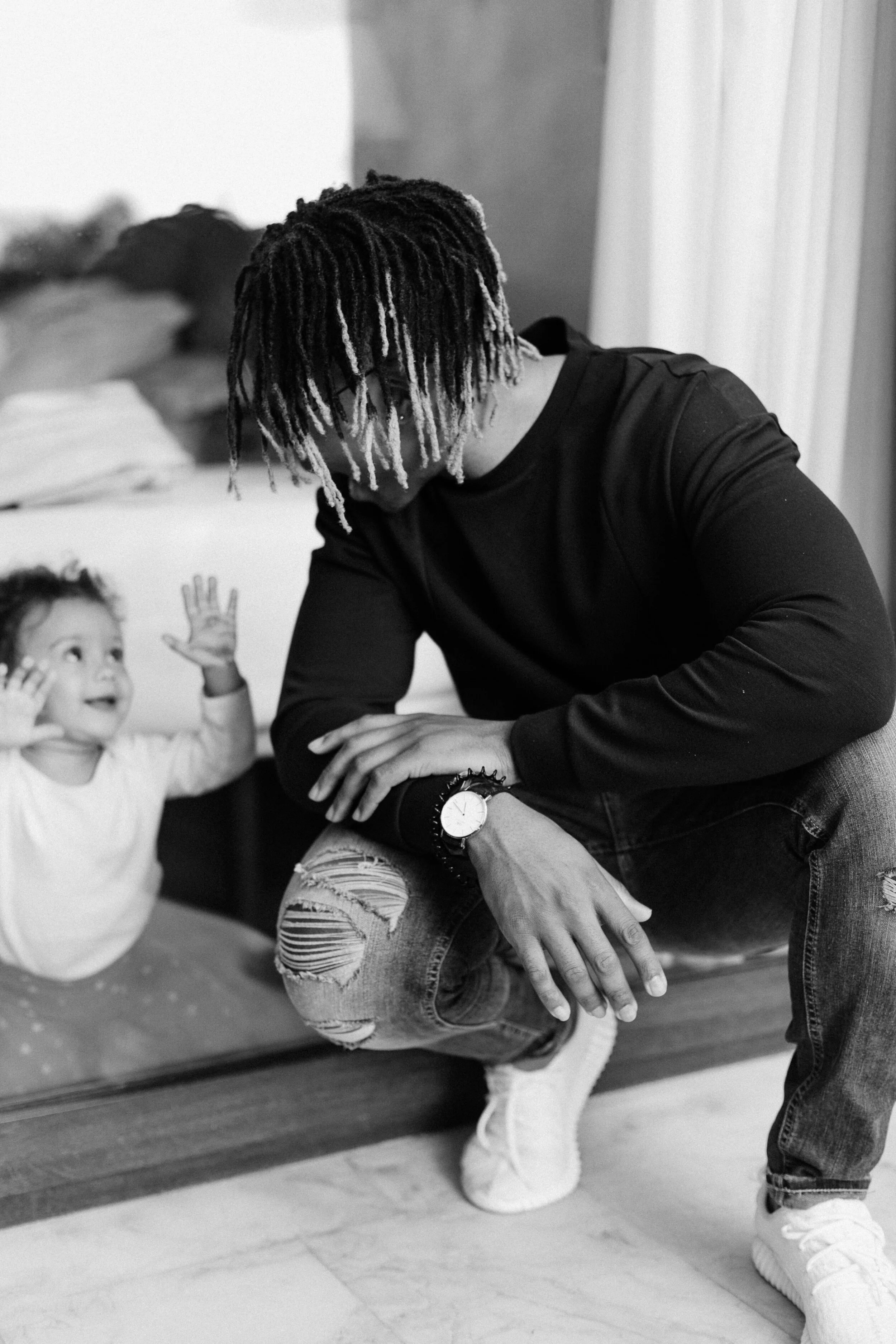Should I teach a second language to my child if he/she has a language delay?
Yes! Children who have language delays, or “late talkers,” have the capacity to learn more than one language, especially when they are very young. Research as shown time and time again that bilingualism does not cause a language delay or disorder.
Some children who are exposed to more than one language may experience a “silent period,” in which they demonstrate limited verbal communication as they spend time observing and listening to the sounds and structures of the second language. The “silent period” can occur from approximately one month to six months, depending on various factors such as the child’s exposure to each language or his/her age. However, it is important to note that the presence of a “silent period” does not indicate a language delay or disorder. In addition, a child who presents with grammatical errors in his/her speech only in the second language, does not present with a language disorder but rather, is learning how to speak the second language. This does not usually require speech therapy services.
On the other hand, if a child presents with a language delay or disorder, he/she will present with similar difficulties in both languages. For example, if a child who has been exposed to both English and Spanish since birth is demonstrating difficulty saying his/her first words at the appropriate age (which would be approximately 12 months old), the deficit would be present in both languages. Likewise, if a child who is exposed to both English and Spanish presents with grammatical errors in English he/she will present with grammatical errors in Spanish too.
Therefore, a child who is exposed to both languages will not present with a language delay because of being exposed to a second language. The child would present with the language delay whether they were exposed to one language or multiple languages.
If your child is presenting with language deficits in both or all of the languages that he/she is exposed to, it is important to know that he/she does have the capacity to continue to learn both. When exposing your child to both languages, be sure to be considerate of which language your child responds to you best in. If you say, “go get your shoes,” and he/she does not respond, it may be helpful to provide the direction in the second language. However, that does not necessarily mean that you need to always provide directions in each language. In addition, you can speak in both languages to your little one who is just beginning to use sounds or words. Children at the age of 2 or 3 are not yet able to distinguish between multiple languages and will likely use a combination of all of the languages they are exposed to. Regardless of the language you speak to your child, it is important to be mindful of what you say: if your child is just beginning to use sounds, it is preferable that you speak to him/her one or two words at a time so that he/she has the opportunity to repeat you and understand you better. Your speech-language pathologist will help you navigate how to speak to your child who has a language delay or disorder.
If your child is exposed to more than one language and is receiving therapy for a speech disorder or delay, your bilingual therapist will need to determine your child’s dominant language which is determined by language exposure. However, multiple opportunities for language production will be provided in both languages. The purpose of speech therapy for bilingual children is not to teach the child his/her second language, but rather assist him/her in communicating in a functional manner, regardless of the language.
If you are unsure if your child is experiencing the “silent period,” or if they have a speech or language delay/disorder, it may be helpful to speak to a bilingual speech-language pathologist.
Contact us today for a free online speech therapy consultation

